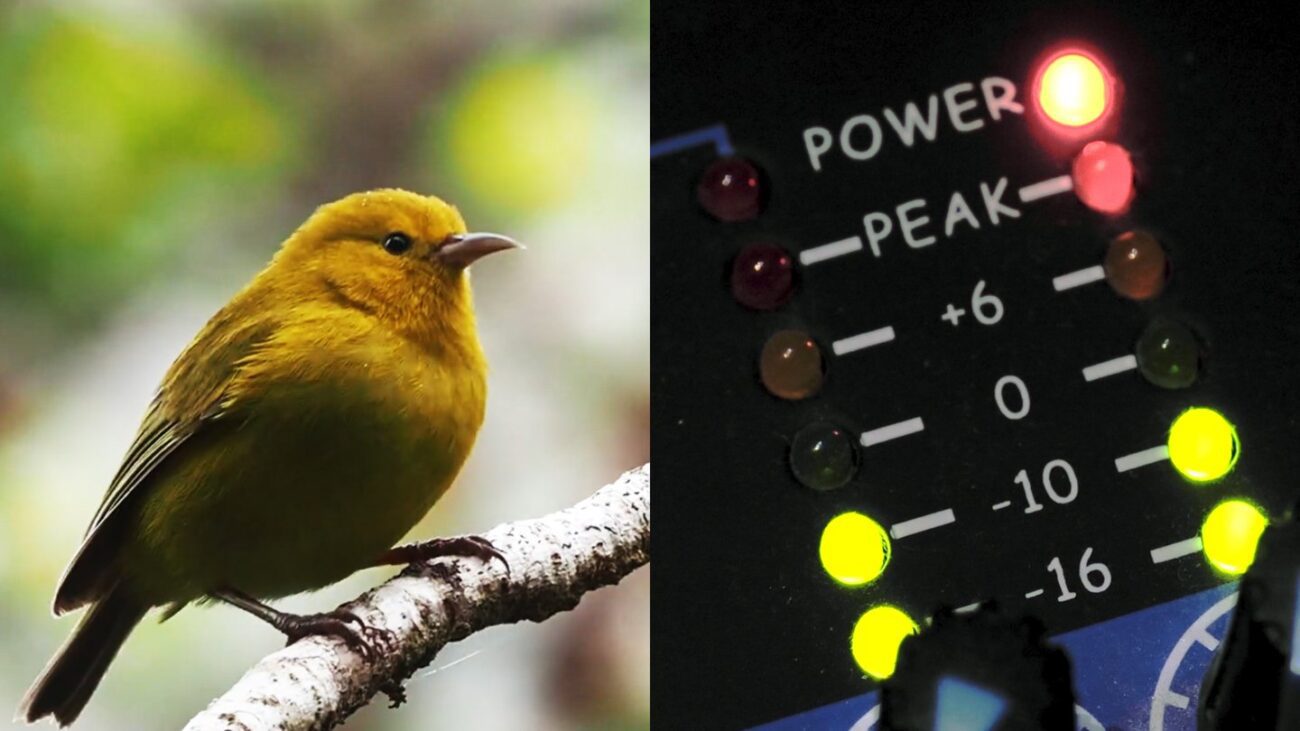How Google’s DeepMind is Revolutionizing Conservation with Perch AI
Let’s face it: our planet’s biodiversity is in critical condition. Every second counts when it comes to saving endangered species, and that’s where Google DeepMind’s AI model, Perch, steps up to the plate. This new version of Perch isn’t just another tech gadget; it’s a lifesaver for conservationists trying to make sense of mountains of bioacoustic data. Perch AI is here to help find a way to keep our ecosystems thriving—one sound at a time.
The Power of Sound in Conservation
Imagine walking through a vibrant rainforest or snorkeling over a coral reef, enveloped by a symphony of animal calls and underwater sounds. It’s mind-blowing how rich and diverse our ecosystems are, but gathering that data can feel like searching for a needle in a haystack. Scientists use microphones and underwater hydrophones to record these hidden conversations, yet sifting through the sea of audio can be an overwhelming task.
What if I told you Perch can help make that process a lot simpler? This revamped model is designed to analyze everything from the beautiful songs of Hawaiian honeycreepers to the unique vocalizations of coral inhabitants. It’s like having a super-powered hearing aid for the planet.
Saving Endangered Species, One Note at a Time
Creating a world where endangered species can thrive may seem like an uphill battle, but with tools like Perch, it’s a lot more manageable. Let’s think about what this really means. If scientists can speed up the data analysis process, they can dedicate more time to hands-on conservation work instead of getting lost in piles of sound files.
Here’s the deal: Perch is an open model available on Kaggle, so researchers around the world can tap into its capabilities. It’s not just technology for tech’s sake; it’s a heartfelt contribution to protecting our planet. By enabling scientists to identify animal calls and behaviors more efficiently, it paves the way for more impactful conservation initiatives.
DeepMind’s Commitment to Biodiversity
You might wonder, why is Google DeepMind even dabbling in conservation? Well, here’s a little backstory: the team at DeepMind isn’t just about creating AI for the sake of innovation; they genuinely care about making a difference in the world. Their partnership with conservationists proves their commitment to preserving biodiversity. Have you ever wished you could contribute to something bigger than yourself? This is their way of doing just that.
The science of bioacoustics is a fascinating intersection of technology and the natural world. With Perch, scientists get powerful insights that can lead to real-world actions. They can monitor endangered species or understand ecosystem health in ways that were simply not possible before.
Learn More About Perch AI
If you’re as intrigued as I am by how tech can blend with nature to create meaningful change, check out the Google DeepMind blog for more details on Perch and its capabilities.
In a world where every click and sound matters, let’s give a cheer for technology that’s moving the needle in conservation efforts. So, whether you’re a tech enthusiast or a nature lover, consider how tools like Perch AI are reshaping our approach to environmental challenges.
Wrapping Up
It’s clear that Perch AI is more than just a model; it’s a beacon of hope. As the fight to protect endangered species continues, tools like these remind us that we can innovate our way out of a crisis. So what’s your take? Do you think AI like Perch is the future of conservation? Let me know in the comments!
Want more insights like this? Stick around; we’ve got plenty of compelling stories lined up.
